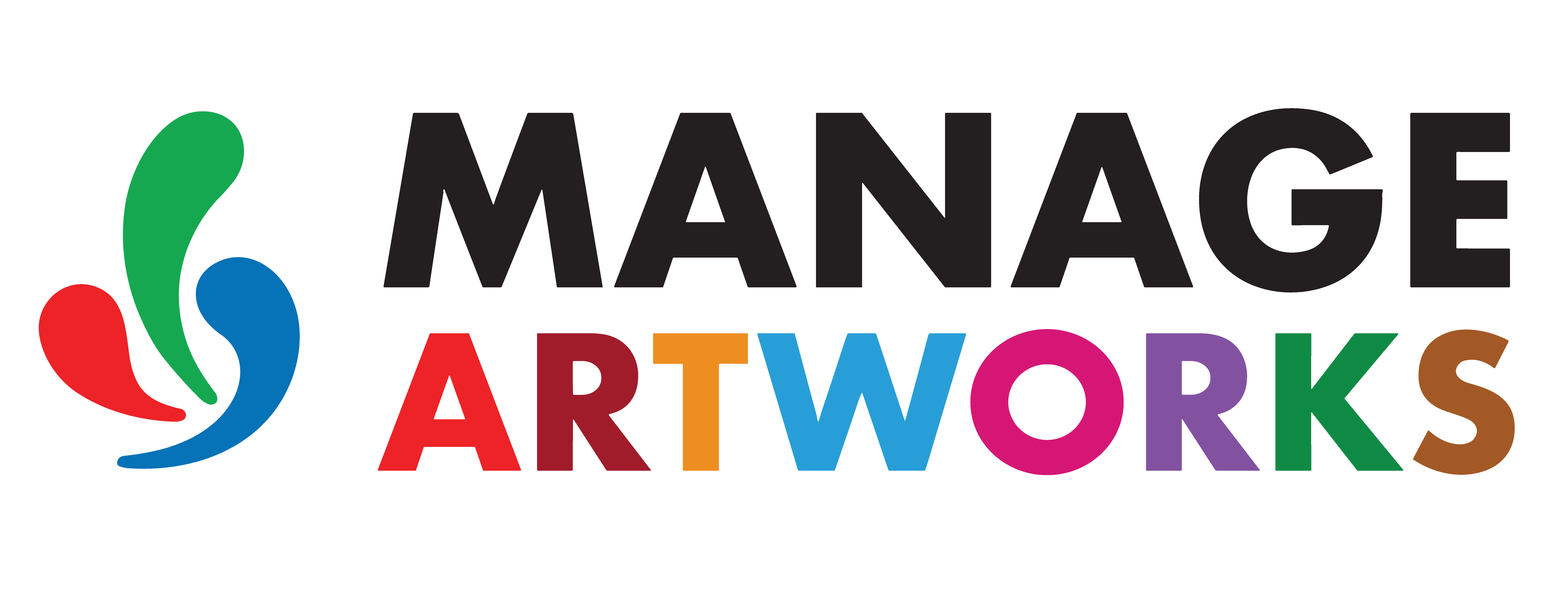Tables in PDF
Tables in PDFs are primarily visual constructs rather than structured data elements. Unlike HTML or spreadsheet files, a PDF does not contain semantic table definitions such as <table>, <tr>, or <td> tags. Instead, what appears to be a table is usually a collection of text boxes, lines, and shapes arranged to look like rows and columns.
This visual nature makes table interpretation complex for proofing and data extraction tools, which must reconstruct the table structure based solely on layout and visual cues.
How Tables Are Represented in PDFs
A PDF table typically consists of:
- Text elements positioned using fixed coordinates.
- Vector lines or borders drawn to separate cells visually.
- Shading or background fills used to highlight headers or specific sections.
These elements are not grouped or tagged logically, meaning the system must infer which texts belong together as a row or column.
Common Challenges in Parsing Tables
| Challenge | Description |
|---|---|
| No inherent table structure | PDFs don’t include native table markup, so the document does not “know” which content forms a row or column. |
| Dependence on visual layout | Table reconstruction relies entirely on visual clues such as alignment, spacing, and border lines. Slight inconsistencies in layout can confuse automated extraction. |
| Merged or nested cells | Complex tables often use merged or multi-level cells, requiring advanced algorithms to interpret their hierarchy correctly. |
| Non-uniform spacing | Inconsistent column widths or text alignment can lead to incorrect grouping or misordered cells. |
| Graphical elements as separators | Lines, boxes, or shading are often used to divide cells visually, but these are vector objects—not data indicators—making logical association difficult. |
Why It Matters for Proofing
Accurate proofing requires that tabular data be interpreted in the correct structure and sequence. If the system cannot correctly reconstruct the table:
- Text may appear in the wrong column or order.
- Rows may merge or split incorrectly.
- Numeric or critical data (such as dosage instructions, regulatory specifications, or nutrition tables) may be misinterpreted.
Our proofing system uses advanced layout-detection and pattern-analysis logic to identify table boundaries, align columns, and reconstruct content reliably—even in complex layouts. However, proofing accuracy improves significantly when:
- Tables are designed with consistent spacing and alignment.
- Vector lines or cell boundaries are clean and evenly distributed.
- Non-essential decorative elements are minimized to reduce confusion during parsing.
